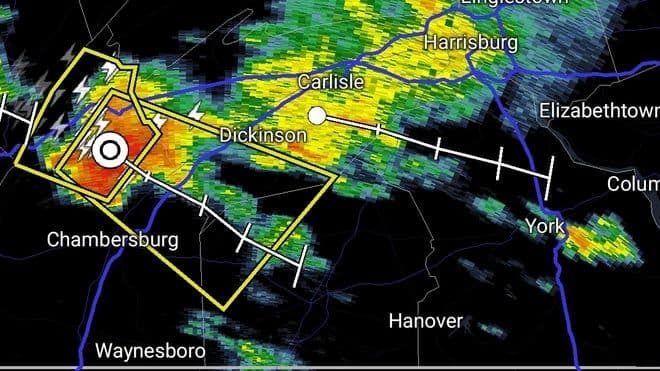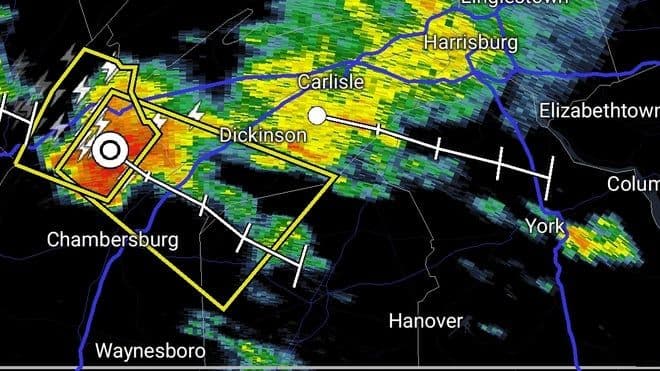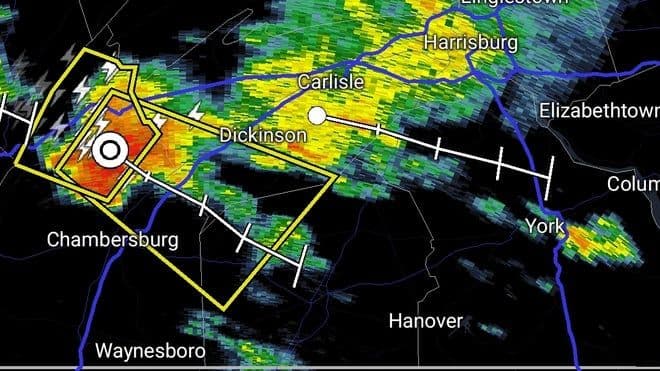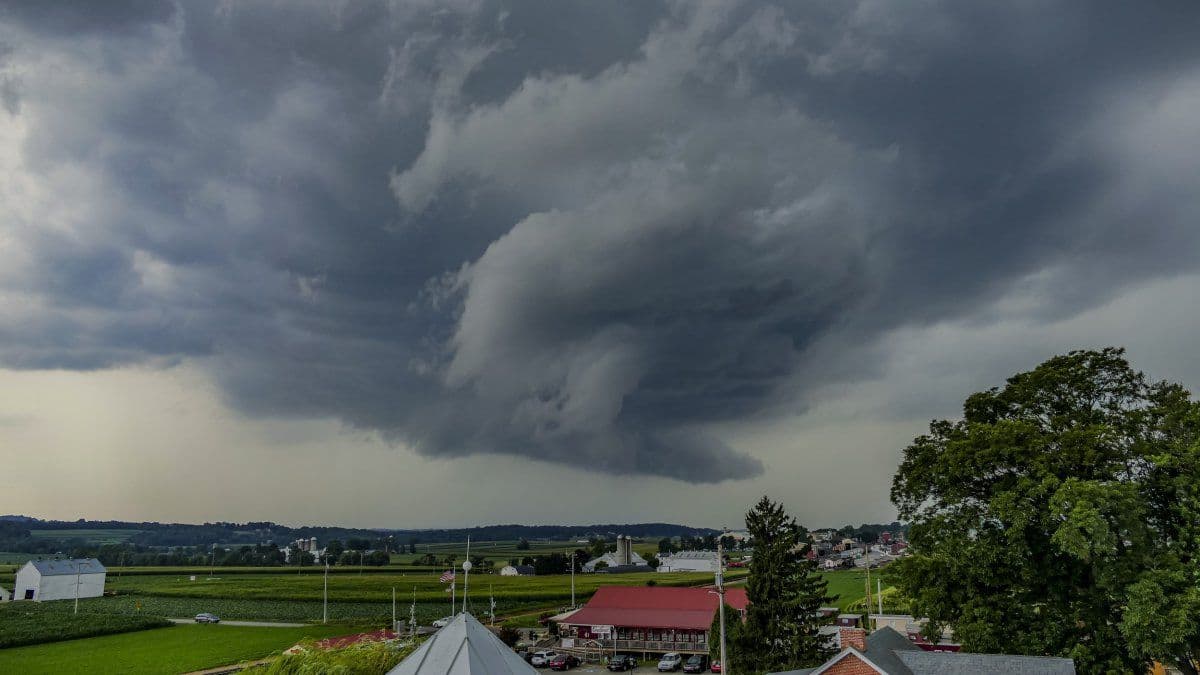When the Sky Roars: Mastering the Critical Minutes of a Severe Thunderstorm Warning
Unlock the crucial seconds after a severe thunderstorm warning. Learn to act decisively against damaging winds, hail, and floods, transforming alerts into safety.

Beyond the Forecast: Understanding the Immediate Threat
When the issues a severe thunderstorm warning, it’s not just a heads-up; it’s an urgent call to action. This isn't about general storm preparedness anymore; it signifies that dangerous weather is either already happening or is moments away from impacting your location. Think of it as the siren blaring, signaling an immediate threat that requires decisive action, not contemplation. The atmospheric conditions, often fueled by oppressive heat and humidity, create an unstable environment ripe for violent storms. As we saw in on July 26, powerful storms can materialize rapidly, moving at speeds like 35 mph, giving you precious little time to react. The warning isn't a suggestion; it’s a direct alert that the sky is roaring, and the time for 'what if' is over. You're now in the critical window where every decision counts, and the consequences of inaction can be severe.
The Instant Impact Zone: What 60 MPH Winds and Hail Really Mean
A severe thunderstorm warning often specifies metrics like '60 mph wind gusts' and 'penny-sized hail.' But what do these numbers truly signify for you and your property? Sixty mph winds aren't just strong; they possess enough force to break off large tree branches, topple entire trees, and send unsecured objects flying. This isn't just a breezy day; it's a force capable of causing significant property damage, from shattered windows to compromised roofs, and posing a direct threat of injury or even fatality from falling debris. Penny-sized hail, while seemingly small, can dent vehicles, damage rooftops, and harm anything caught unprotected outside. When the warns of these conditions, it means your immediate surroundings are about to become an instant impact zone, where the very air can turn into a destructive force. The urgency stems from the fact that these aren't distant threats; they are the present reality, demanding that you move indoors immediately and seek the safest possible shelter.
Decoding the Alert: Watch vs. Warning and Why Every Second Counts
Understanding the precise language of weather alerts is paramount, especially when every second truly counts. A 'Severe Thunderstorm Watch' indicates that conditions are favorable for severe thunderstorms to develop over a larger area within the next few hours. It's a heads-up, a time to prepare. However, a 'Severe Thunderstorm Warning' is a starkly different beast. This means a severe thunderstorm has been spotted by radar or reported by trained spotters, and it is imminent or occurring in a specific, localized area. The shift from 'watch' to 'warning' is the pivot point for immediate action. As one truck driver aptly put it, 'One minute I’m in the sun, the next I’m dodging fallen branches.' Warnings often have short durations – sometimes just 30 to 45 minutes – reflecting the rapid movement and localized nature of these dangerous storms. This narrow window underscores why there's no time for hesitation once that warning hits your phone or television screen.
Your Urgent Action Plan: Critical Steps to Immediate Safety
With a severe thunderstorm warning active, your immediate safety depends on decisive action. If you're indoors, the safest place is an interior room without windows, ideally on the lowest level of your home, or a basement. Stay away from all windows; flying debris is a significant hazard. For those caught outside, the message is unequivocal: seek sturdy shelter immediately. Sheds, tents, and even vehicles offer minimal protection against high winds and falling trees, and standing under trees is incredibly dangerous due to both falling branches and lightning strikes. If you're in a vehicle, your car provides some protection from lightning, but it's not immune to falling trees or flash flooding. The best course of action is to find a secure building if possible, or at least pull over to a safe, clear area away from potential hazards. Remember the 's stark warning: 'If you can hear thunder, you are close enough to be struck by lightning.' This is the time to prioritize personal safety above all else.
After the Fury: Navigating Post-Storm Hazards
Even after the immediate roar of the storm subsides and the warning expires, the dangers don't vanish. The aftermath of a severe thunderstorm often presents a new set of hazards that demand continued vigilance. Heavy rainfall can quickly lead to flash flooding, especially in low-lying areas, turning seemingly harmless puddles into deadly currents. The warning, 'Turn around, don’t drown,' is a critical reminder for anyone encountering flooded roads. Beyond water, the powerful winds can leave behind a chaotic landscape of downed trees, broken branches, and most perilously, live power lines. These can be hidden under debris or submerged in water, posing an electrocution risk. Before venturing out, assess your surroundings carefully. Check for damaged structures, report downed lines to authorities, and stay informed about local conditions. The period immediately following the storm requires the same level of caution and awareness as the storm itself, ensuring a safe transition from immediate threat to recovery.
Related Articles

Nature's Urgent Whisper: Mastering the Minutes Before a Severe Thunderstorm Strikes

Nature's Urgent Whisper: Mastering the Minutes Before a Severe Thunderstorm Strikes

The Roar and the Radar: Navigating the New Era of Severe Thunderstorm Warnings

The Roar and the Radar: Navigating the New Era of Severe Thunderstorm Warnings

The Silent Scramble: Inside America's Race Against Lightning-Fast Storms

The Silent Scramble: Inside America's Race Against Lightning-Fast Storms

Summer Skies Unfiltered: Mastering the Art of Local Weather Wisdom
